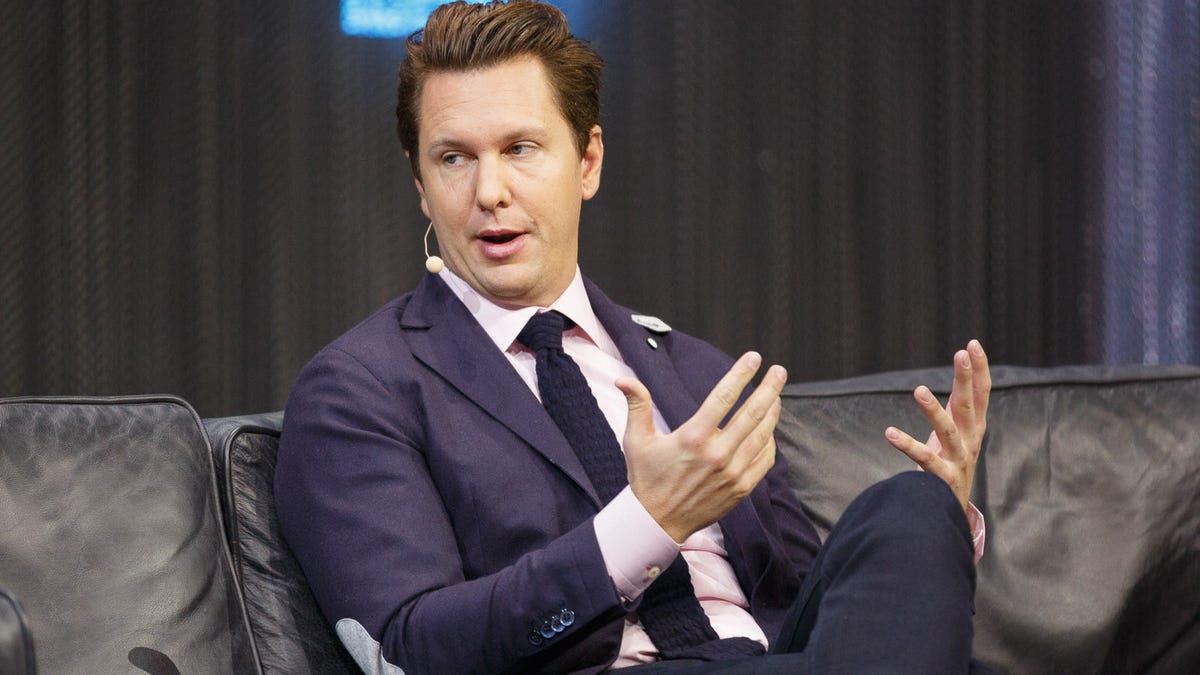CNN honcho: Second screen? That's no way to watch TV
Second screens like tablets are a "hacked attempt" to bring social or community interaction to TV, says CNN.com's general manager. And today's set-top boxes? Very primitive.

PARIS -- CNN is a TV network, right? Wrong.
The Cable News Network did indeed get its start on cable TV, but now the news service operates on 20 different platforms ranging from the Web to Android phones to iPads, said CNN.com General Manager Kenneth "KC" Estenson at the LeWeb conference here on Thursday.
"In order to stay afloat, every television operator must have a massive digital operation behind them," Estenson said. "We made the decision to be on every platform we could as early as we could."
That was then. But technology, of course, is always evolving, and there's always something new to stay on top of.
Fittingly for a tech-focused executive, Estenson is bullish about the future, but he has a big problem with one part of the media options today: the "second screen," in which a device like a phone or tablet augments people's TV-watching activity on the big screen.
"In general, I think the second-screen experiences suck," Estenson said. "It's a hacked attempt to bring some sort of social or community interaction to TV."
The way the technology will develop will take two forms, he predicted:
Option one is that "we will build an app layer over the top of the broadcast itself through the consumer electronics manufacturers -- the Vizios, Panasonics, Sonys, the Samsungs," he said. "The other way is through third parties like Google Chromecast or Apple TV or Roku or an Amazon device. We will work with those third parties and develop apps later that will integrate into their box or into cable or satellite boxes."
Another area of dissatisfaction, though, are those set-top boxes themselves.
"Today's boxes are very rudimentary," he said -- far too wimpy to run real apps. "It's a huge opportunity for companies like Cisco creating those boxes."
As for CNN's early decision to be on every platform, that means today, on top of being distributed to 100 million TVs in the US, the network also has 51 million Facebook followers, 41 million unique Web visitors in the US each month, and 42 million app downloads.
It's been a complicated expansion. In addition to the difficulties of creating and distributing content for such a wide variety of publishing systems, the company has to deal with different patterns of consumption. TV is a "lean back" experience where people more passively watch whatever CNN broadcasts.
In contrast, "the Internet and mobile world is all user-intent driven," where people actively pick what they want to see, Estenson said. It's a "what I want to watch, when I want to watch" ethos.
To deal with the new variety, CNN broadcasts, tweets, and publishes on the Web different types of news during different times of the day. The CNN Web site is most popular during the workday, but the TV network and tablet consumption peak during the evening. Estenson is particularly focused on mobile phones, though, which are used during the day.

